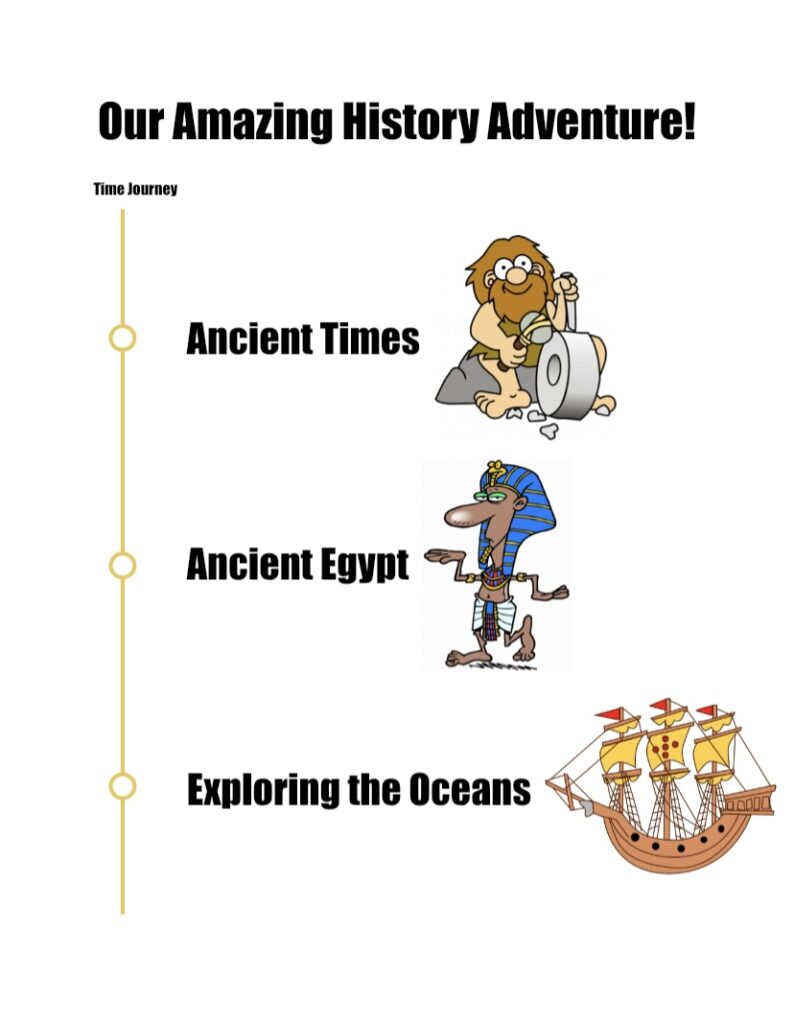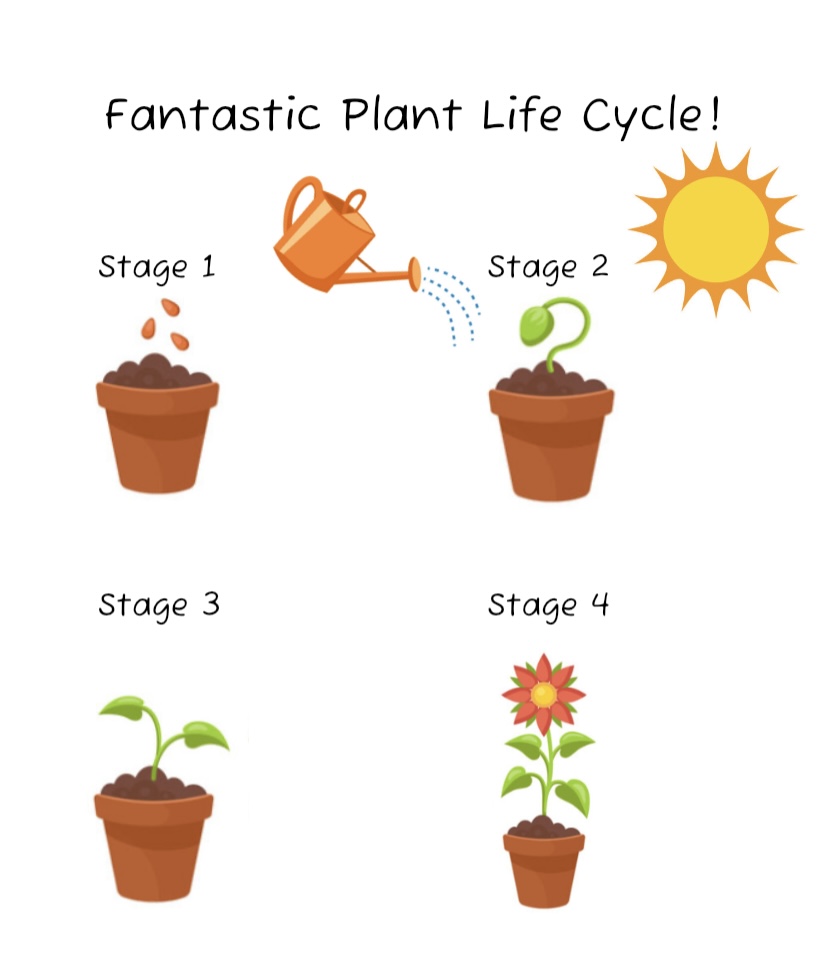INTRODUCTION
In my journey through the realms of teaching and learning, the realization dawned upon me. The potential that lies in creating one’s own images or graphics for educational purposes. This reflection delves into the reasons behind this practice and explores the intriguing world where words and images converge to enhance understanding.
CREATING IMAGES FOR TEACHING AND LEARNING
The act of crafting images or graphics for teaching and learning is akin to sculpting a pathway to comprehension. By generating visuals tailored to the subject matter, educators can provide students with a more engaging and personalized learning experience. Personally, I’ve found that creating my own images allows me to tailor the visual content to the specific needs and nuances of my teaching style, ensuring a more effective transfer of knowledge.

WORDS AND PICTURES: A POTENT DUO
Embracing Mayer’s multi-media learning hypothesis, I wholeheartedly agree that that combination of words and pictures holds the key to deeper understanding. The notion that people can absorb and retain information more effectively when presented with a visual component resonates with my own experiences. When crafting teaching materials, I often find myself integrating images to supplement textual information, creating a dynamic and comprehensive learning environment.
COGNITIVE THEORY OF MULTI-MEDIA LEARNING
The cognitive theory of multi-media learning, emphasizing the dual-processing nature of auditory and visual channels, resonates deeply with my teaching philosophy. Recognizing the finite capacity of each channel, I strive to balance the cognitive load by carefully integrating text and images. Learning, I believe, is an active journey of filtering, selecting, organizing, and integrating information based on prior knowledge, and effective use of visuals can significantly aid in this process.

THE POWER OF VISUALIZATION
Consider explaining the mechanics of a bicycle pump. While a textual description may convey the information, introducing an image transforms the learning experience. Describing the piston’s movement and the valve actions becomes tangible when learners can witness the process visually. In my teaching practice, aligning text with images and incorporating additional graphics to depict forces at work has proven to be a game-changer, fostering a deeper understanding among students.
PERSONAL REFLECTION
As I reflect on my journey of incorporating visuals into teaching, I am convinced of their transformative power. Beyond serving as mere embellishments, images and graphics have become essential tools for effective communication and knowledge transfer. The act of creating and utilizing my own visuals not only enhances my future teaching materials but also adds a personal touch that resonates with students. Moving forward, I am excited to continue exploring innovative ways to harness the power of visualization in the dynamic landscape of education.
